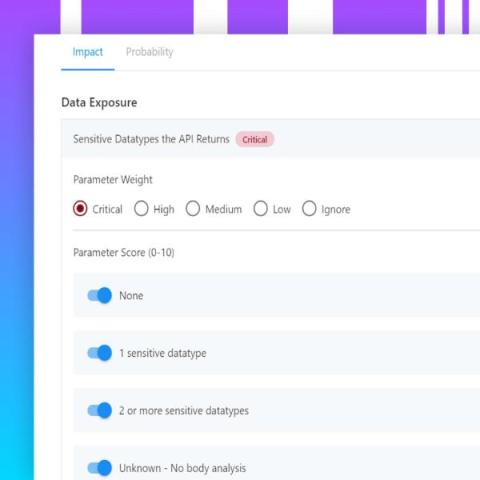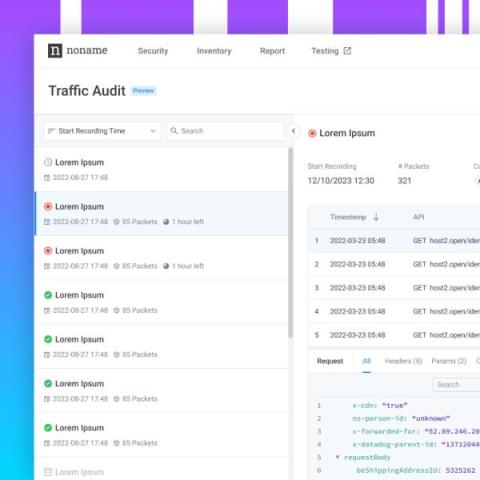What is a Product Security Incident Response Team (PSIRT) - Importance and Best Practices
PSIRT stands for Product Security Incident Response Team. It’s a team within an organization that handles and responds to security incidents related to its products or services. The main purpose of a PSIRT is to identify, assess, prioritize, and respond to vulnerabilities or threats that may impact the security of the organization’s offerings.











